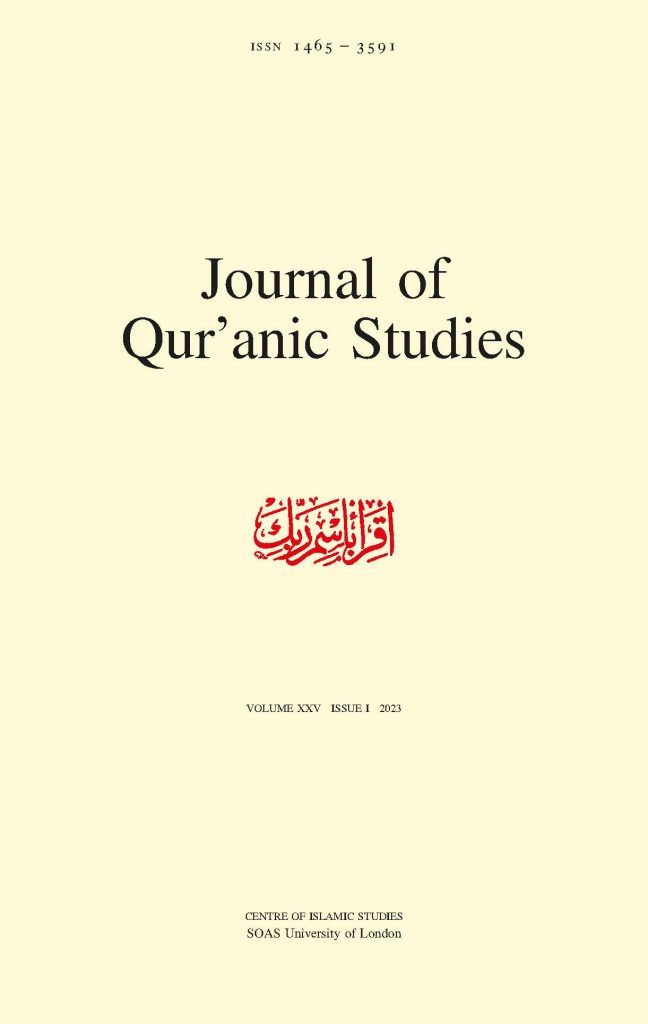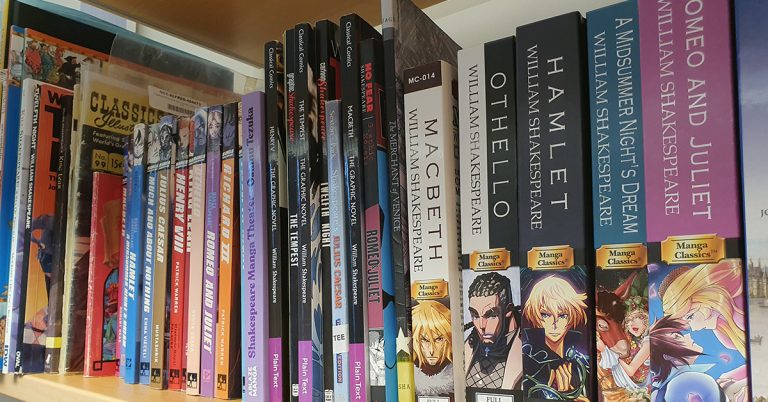
How to Get Banned from Teaching the Quran: Medieval Cairo Edition
by Shuaib Ally, McGill University
Around the turn of the 15th century in Cairo, a hadith scholar named Salah al-Din al-Aqfahsi heard Salah al-Din al-Kalai, a scholar associated with the Sufi Shadhili order, teaching the Quran. Part of his teaching included a new interpretation of the famous Throne Verse (Quran 2:255). Al-Aqfahsi was so perturbed by this interpretation that he complained about it to his friend, Zayn al-Din al-Fariskuri. Al-Aqfahsi would later tell another of his friends, Ibn Hajar al-Asqalani, about it too. Together, they marched to one of the foremost legal authorities in Cairo. There, they raised the matter to the prominent judge Siraj al-Din al-Bulqini.
Siraj al-Din was similarly unimpressed. He had al-Kalai brought, physically beaten, and barred from preaching publicly.
A new method of teaching the Quran
What was it about this interpretation that bothered these scholars so much that it resulted in this extreme institutional response? It was not the content of al-Kalai’s interpretation, since he was not saying anything blasphemous. It also was not the fact that al-Kalai was associated with Sufism or popular preaching. Nor was it rooted in conservatism from Siraj al-Din and other scholars.
Rather, it was a controversy over method. Al-Kalai was using a new method of interpreting language, splitting up words and joining syllables in unconventional ways to create new constructions and derive unexpected meanings. This method was called ‘word-breaking’ by the biographer al-Sakhawi. It evoked such opposition because critics saw it as having no philological basis in how language ought to be interpreted. The new interpretations stretched the boundaries of meaningful sense and only worked when words or phrases were taken out of their immediate context. Deviating from accepted philological interpretive norms, not the interpretation itself, is what brought down the intervention of the legal apparatus.
And intervene they did: through rebukes, punishments and bans on preaching. Biographers would trace this practice back to an interpretive community: al-Kalai’s teacher, Husayn b. Abdallah al-Habbar, and another of his students, Zayn al-Din al-Mallawi. Siraj al-Din’s son, Jalal al-Din, who was also a prominent judge, would later get involved, circumscribing the teaching practice of al-Mallawi for similar reasons. Prominent scholars and judges like these played a significant role in actively policing religious and educational practices in Cairo. In this case, their interventions served to suppress this practice of interpretation. This controversy over word-breaking thus sheds light on the social scene and educational practices in that milieu.

Written versus spoken interpretations
The word-breaking episodes reveal an underlying tension between the aural and written forms of the Quranic text. The interpretations of al-Kalai and his associates used when teaching the Quran relied on how the Quran sounds when words are joined in recitation, not how they are separated when written. Critics of word-breaking would use the primacy of the written text as one reason to reject that practice.
This tension is highlighted in a related controversy: word-joining. Because words are necessarily joined in recitation, word-joining can sometimes allow for the creation of unintended meanings, where a syllable from one word sounds like it belongs to the next. To mitigate this, some Quran reciters advocated for the insertion of slight pauses between words. Jurists, however, rejected the practice. They argued that when recited, the Quran was supposed to sound like that: a continuous connected flow.
Word-breaking and word-joining controversies are thus two sides of the same coin: a reflection of the tension between the sound of the recited Quran vs. its written form, and concerns over demarcating where words really begin and end.

Learn more about the Journal of Qur’anic Studies
The Journal of Qur’anic Studies aims to encourage and promote the study of the Quran from a wide range of scholarly perspectives. Written in both English and in Arabic, the journal bridges the gap between the two traditions of Muslim and Western scholarship.
About the author
Shuaib Ally is a Social Sciences and Humanities Research Council postdoctoral fellow at the Institute of Islamic Studies, McGill University.
Keep in touch
Interested in Islamic & Middle Eastern Studies? Sign up to our mailing list for the latest on Edinburgh University Press’s books and journals, events and special offers.




